How To Write A Blurb For A Nonfiction Book For Amazon: 5 Key Elements That Sells Your Book
So, I am motivated to write this post because quite a couple of persons have l sent me links to their books on Amazon for appraisal. And to be honest, I was quite surprised that many new authors are still getting the basics wrong – especially keyword research, book blurbs, and covers, and I’m sure the keywords too will not be left out.
But I want to talk about how to write a blurb for a nonfiction book because it was one of the most glaring and it’s very important. And it’s something I know that moves the needle as much as 20% if done right (all other factors taken care of).
So, we will talk about writing blurbs for non-fiction books in this post. If you want to learn writing descriptions for both fiction and non-fiction, please see: “How to write an amazon book description that sells“
Maybe sometime in upcoming posts, we will visit keyword research as well as talk about title optimization, covers, and keywords.
So, let’s get to it.
Let’s Talk
Are you a writer aspiring to pen a masterpiece that never fails to captivate? Look no further. Reach out to us and uncover how we can help you to take your writing to unprecedented heights!

Does An Amazon Book Blurb Matter?
So, I’ll start by asking: Have you ever seen a bestseller or any popular book on Amazon, with lots of reviews that has a badly written blurb? Go, check out any bestseller in your niche, go through the detail page, and confirm if they have a blurb that compels you to buy.
Well, of a truth, you can hardly have a bestseller in a profitable, fairly competitive niche without a good blurb. You might get away with it in non-competitive niches but that’s like delaying the stay of execution – better books will come sooner than later with better blurbs and optimization that will steal your ranking and sales.
So before we discuss what a good blurb is, what do I mean by a badly written blurb?
- No hook to grab attention
- A boring text without emotional elements or power words
- Lack of a concise structure that presents the most important highlights for a reader to scan over at a first glance
- Lack of copywriting skills
- Monotonous and repetitive walls of text that are very wordy, not clear and concise, and hard to read
- Lack of proper formatting features
- Overuse of formatting features which is twice as bad as non. Too much Bold, italics and underlining can make a text hardly readable and off-putting.
- Lack of a CTA
These are the basic things that characterize a badly written book description but there are other nuances that we will go over when we deal with the other sections below. So, what is a good blurb and how do you write one?
How To Write A Blurb for A Nonfiction Book On Amazon
What can you do to write your book’s sales copy (description) that convinces and triggers potential customers to click buy your non-fiction book?
There is a structure. Follow a proven structure that works.
I like to work with structures – and you should too. You should structure your non-fiction book blurb in a way that brings results across all your non-fiction niches (maybe slightly tweak with each niche). Structures work great for non-fiction but can also work for fiction.
To write a good book blurb, you should use the 5 key elements below. While these are the most important, there are also some others that help (like the storytelling technique), although this is not necessary since they do not work in all niches.
The five elements:
- Start with a hook (intro)
- Craft a concise and clear body
- List the key features
- Add a call to action
- The A+ content
We will go over this section using the example from “Mochi, Cakes and Bakes” by Catherine Zang

1. Start with a hook
This is the opening line or sentence (or first two sentences) of your book. You should do everything you can to grab and keep your buyers attention here. I often use these six components:
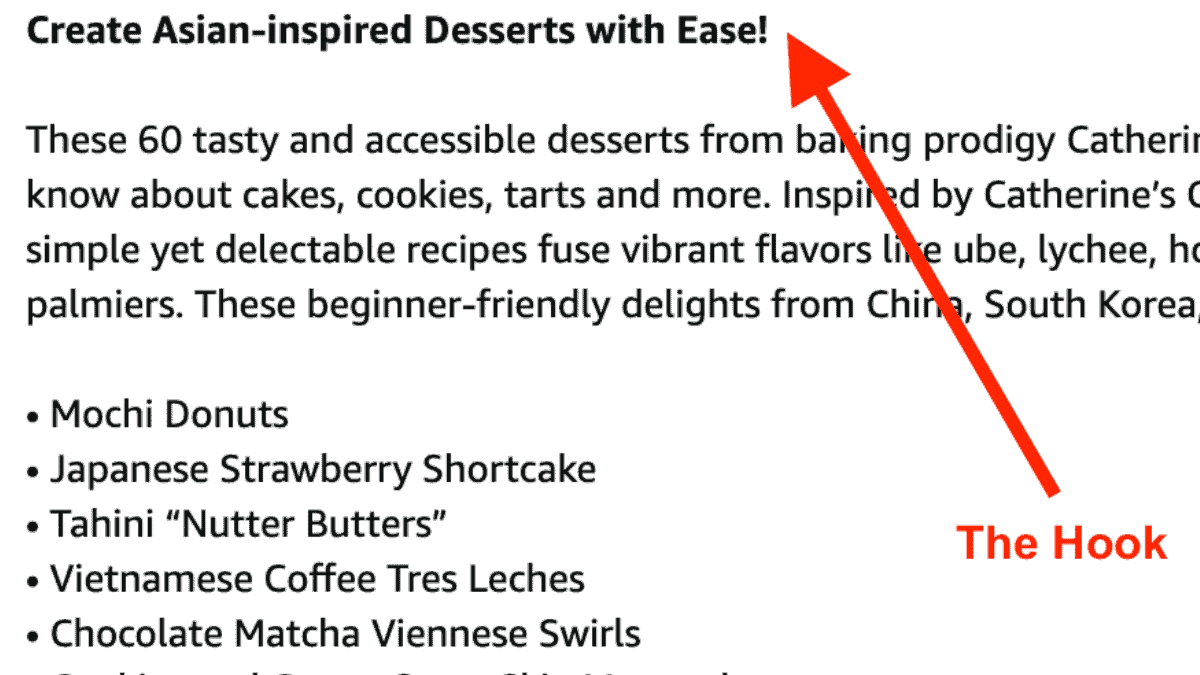
1) A broad question that appeals to your reader’s desire. Eg “Have you ever climbed on the scale and wondered how you could shed those extra pounds?”
2) A specific question that appeals to your reader’s desire but directly relating to your book topic. Eg “Do you want to lose weight in 30 days?
3) A quote from someone famous relating to your book niche area. Eg. According to Glen Rick, “quote”
4) An interesting fact or statistic reflecting the “why” of your book topic. E.g. “About 1 in every 50 people die from obesity” or “about 50 million people have decided to join the [niche topic] train. They cannot be all wrong”
5) A positive editorial review from a customer. Choose the best excerpt from your book editorial review (can also be a customer review). Try to keep it short (not more than a couple of words for better emphasis)
6) A specific value the book provides to the reader. E.g, [Name of book] will teach you how to lose weight in 30 days. This is direct and can help attract a motivated buyer’s attention. But because it’s too basic, it’s often a hit or miss depending on the mood of the buyer.
This first element – the hook is often highlighted with proper formatting (in bold or italics or a mix of both) to help create emphasis and draw attention. So, try to make it catchy. Add other formatting elements like stars if you like (don’t overdo it).
2. Craft a clear, concise, and valuable Body.
This follows next after the hook. This is the descriptive part of your book. It should be short, concise, and straight to the point. This is not where you’d start writing unending stories. Try to make your point in as few words and sentences as much as possible.
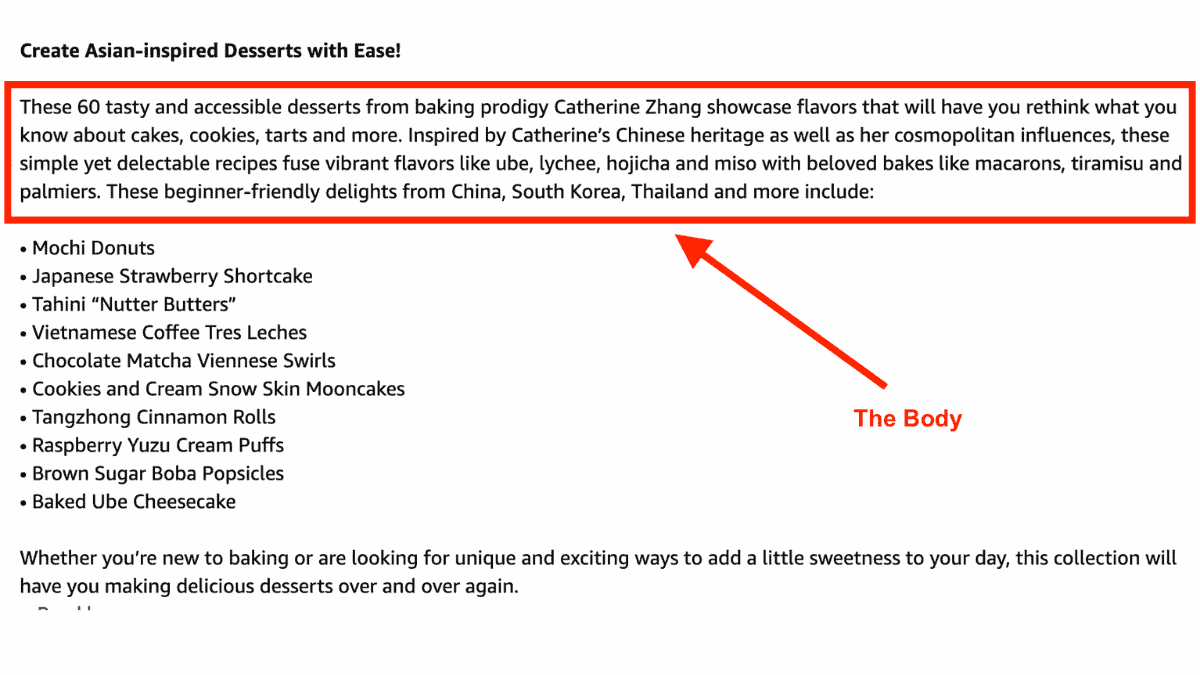
Humans now have a shorter attention span as each day passes – so, no one has the time to read lots of text when there are other things to be read or done.
So, for this part, you can describe the “value” your book aims to provide. Or what your book aims to achieve for your “reader”. In other words, the emphasis here should be the “value” and your “reader”. You have no business talking about your life or how you came up with the book idea or whatever as some people often do.
Also, you should not be exposing the details of every chapter here. Make it an overview, a summary of the value your book provides but in an intriguing way than makes people want to learn more.
And you don’t need to write thousands of words either. Nobody has time to read it. Make it short and concise. Some of the best-written pieces that appeal to emotion are done in a few words. I often recommend keeping it short to 3 to 5 sentences.
Tips for writing the body:
- Use “power words”. Power words help convey emotion.
- Write in the second person. This helps connect your piece to your reader better.
- Use plain language. You don’t need to be overly technical here unless you’re writing a technical topic in which case it is not one for beginners
- Write for your audience. Try to incorporate certain lingo your niche reader will understand and relate with
- Write in the active voice. Unless it’s academic writing, you have no business using the passive voice. Passive voice is boring and lacks the push to compel one to take action.
3. List the Key Features
This part immediately follows after. Create a bulleted list of key highlights of the value your book provides. Not more than two sentences per bullet line, please (ideally one). Make it concise, you’re not writing stories.
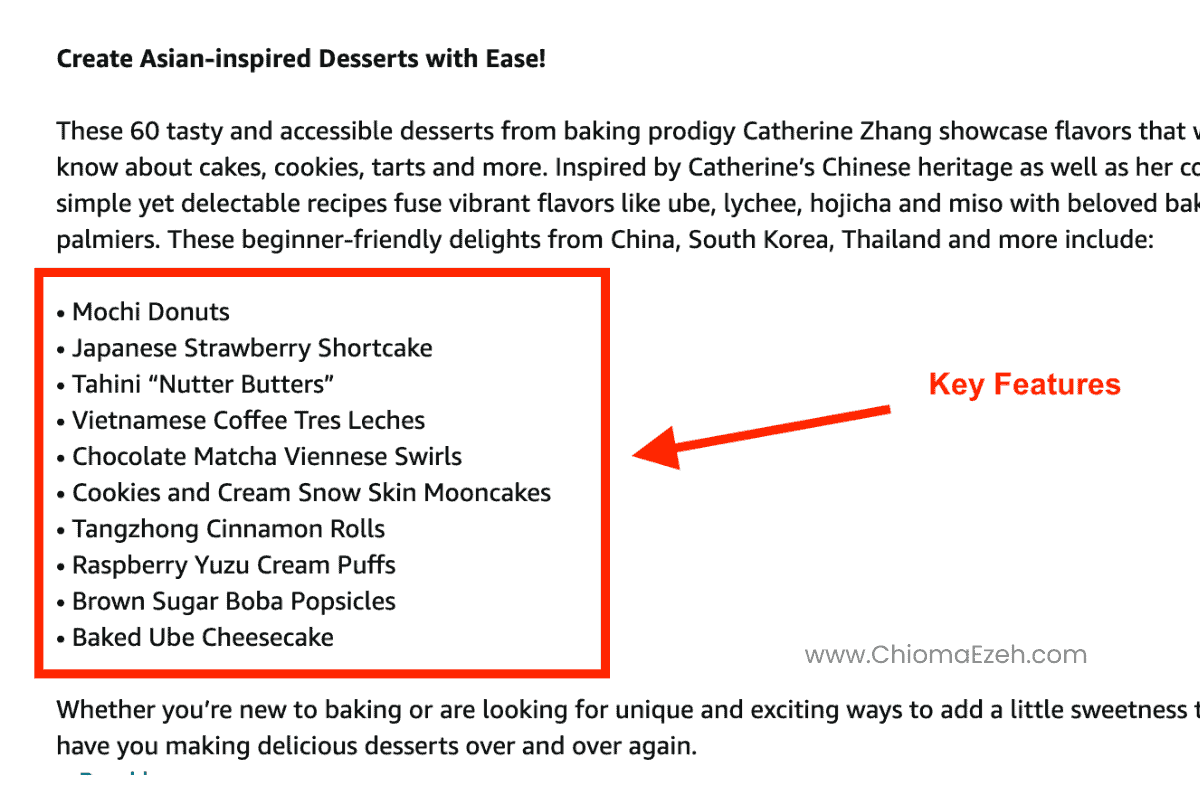
And whatever features you list must be a benefit the reader hopes to get. Even if it means adding stuff like the specific book page size (for low-content books), extra templates or bonuses, additional lists, quizzes, worksheets, examples, etc.
Make this section not more than 7 to 10 list items. The longer it gets, the higher chance it’ll get boring and not be read.
4. Add a call to action.
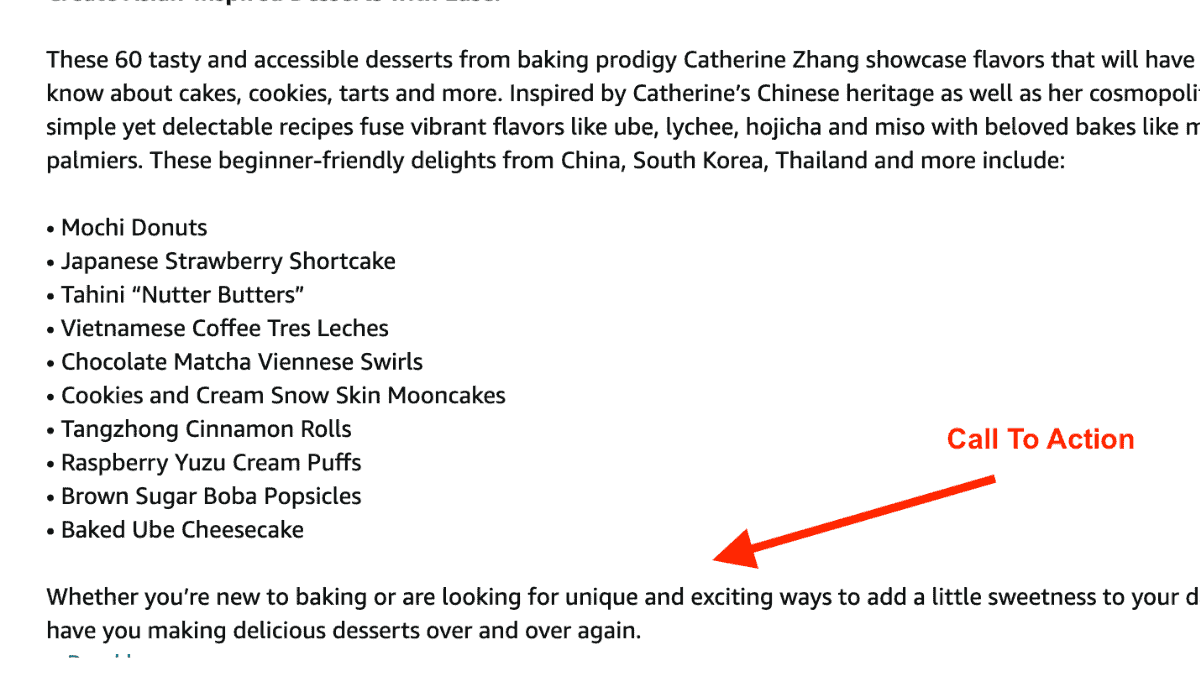
After you create your bulleted list, it’s time to call to action. It’s an opportunity to finally tell them one reason they should get the book. Also, add a bit of a sense of urgency, and then close with your CTA.
Eg. “If you want to learn all these and more, click the buy button now”.
5. The A+ Content
This is a new part of book descriptions not often talked about. It is quite shocking to me that most authors have no A+ content for their books, yet – even when their competitors have it boldly crafted on theirs!
You literally spend countless hours writing a book, designing a cover, writing a blurb, searching for keywords, and then, suddenly you do not have the time to fix something that moves the needle as much as 20%? (my first-hand experience).
You can’t afford to have a book on Amazon without properly designed A+ content no matter what. Even if you’re the only publisher in your niche, you’d still need to give that extra push to convince buyers.
Right before Amazon launched the A+ content for KDP, I had longed wish to have them for my books. I remember I used to try so many tricks like including some templated look-alikes in the first 10% of my books to give that visual appeal for those who would want to preview through the “Look inside feature”.

The thing is, visual elements have been proven time and time again to be a factor in appealing to buying emotions and influencing buyers’ decisions.
Why do you think most hot-selling products (not books) on Amazon have well-written descriptions of their product pages showing images of the product with zoomed-out areas highlighting specific features with boxes and arrows?
Your book blurb is your book’s landing page. It is your book “copy”. In content marketing, the best landing pages are visually attractive.
And let me reveal one thing why the A+ content is even more important.
As you well know, over 80% of shoppers on Amazon are buying from the Amazon mobile app (Shocking right?). That’s true – over 80%. That’s like 8 in 10 persons that visit your book detail page need to be convinced with extra visual elements to buy your book.
And that’s because mobile shoppers don’t get to see the “look inside” feature of your book. The look-inside feature does not appear for books on the Amazon mobile app. So buyers can’t even see a snippet of what they’re getting.
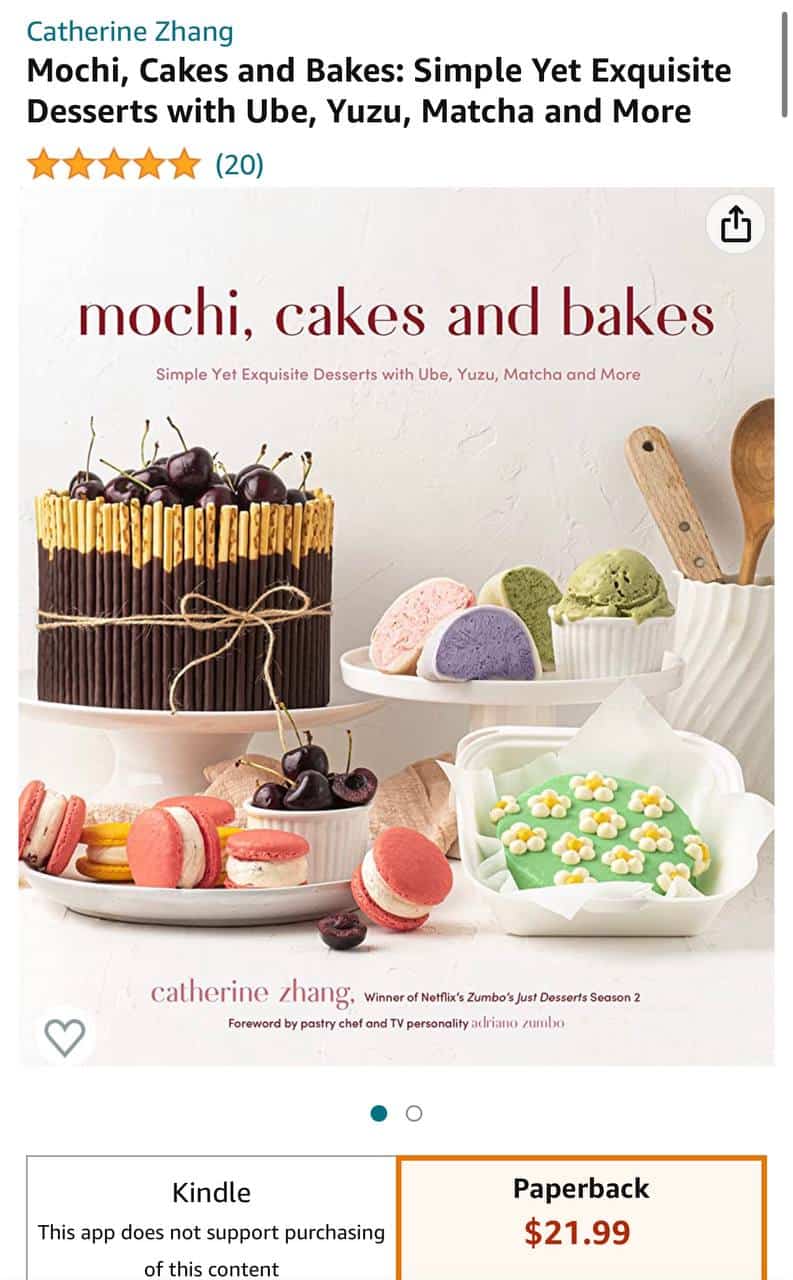
However, unlike mobile app shoppers, desktop users can see the preview (through “look inside” feature) of your book so they know what they’re expecting – at least judging from the first 10% of your book.
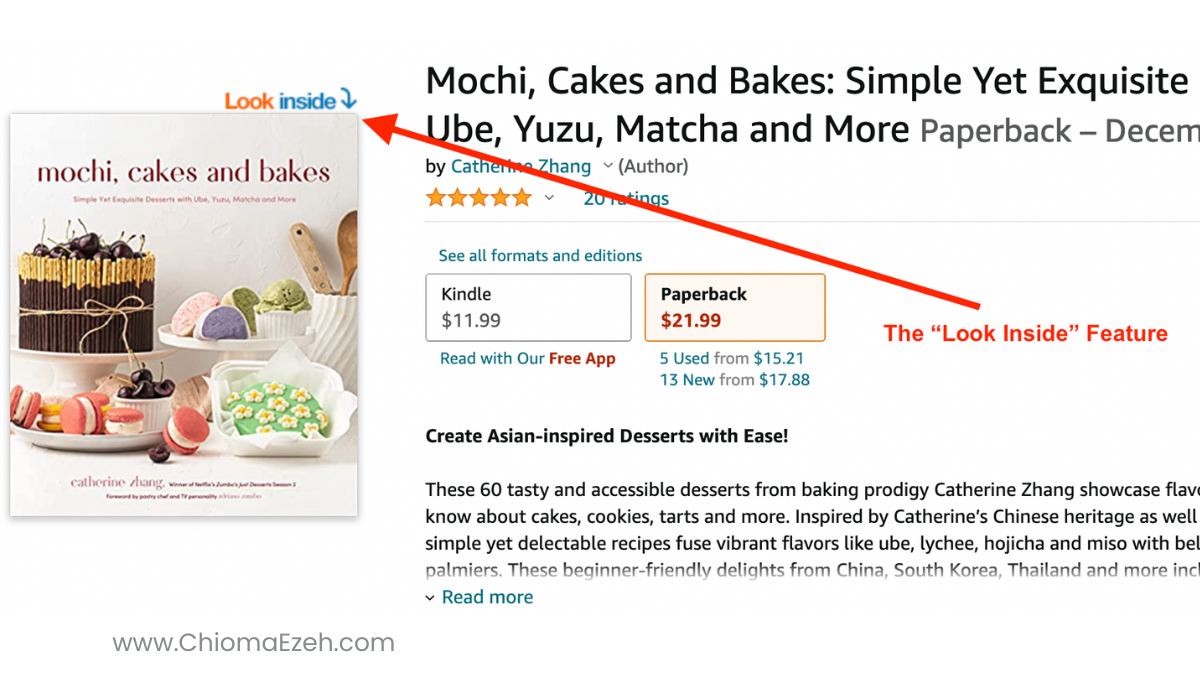
And even worst, the look inside feature can be buggy most times on Amazon, as sometimes it completely disappears for some time or takes too long to show up after publishing (up to 2 months). So you can’t completely rely on it.
That’s where A+ comes into play. The A+ content is there to make up for this shortcoming on mobile. So when you create your A+ content, keep this in mind. Try to incorporate specific excerpts, and sections, from your book content that might be useful in conveying your book’s value to your reader.
For example, if your book is about “21 Hacks to Bake A Fluffy Cake”
Give a snippet of the first 3 hacks. Make sure the hacks you give out are valuable hacks not found anywhere on the internet or in competitor books. You must brainstorm and research deeply. The hacks must provide value (very important) such that anyone who lands on your page will be wowed. They’ll have no option but to click to buy to learn about the others.
You do not need to put the hacks in your normal description but you can also do that. But I prefer the A+ content. Honestly, nobody reads your description. In fact, I’d rather have an A+ content alone on my book detail page than have a book blurb alone. Especially one that is artistically designed and incorporates elements of copywriting right in the design!
See, my point is, I’m just trying to let you know how important the A+ content is. I specially listed it as the last of the 5 key elements, but ordinarily, it should come first. I reserved it for the last because I wanted to elaborate more on it.
So, if you’ve never created A+ content for your book, now is the time to get to work. It’s not late.
So, what can you do now?
- Go to YouTube to learn videos about how to create these A+ content templates (since you can reuse the same templates across multiple books and across multiple marketplaces)
- Go to the A+ content section tab of your Amazon bookshelf and start playing around with the various templates and see how you can use each type for various parts of your book.
- Go to your competitor’s book pages with A+ content and learn from their designs and methods (for inspiration only, do not copy). Copying comes off as imitation which can hurt your brand’s credibility
- Start practicing with Canva or photoshop (I recommend Canva as it’s pretty easy to create there).
- Tweak, rinse and repeat. Keep trying various templates. Use different types for different books. Do some A/B testing for the same book (separate for kindle and paperback) as well as for different books and marketplaces.
On the other hand, if you already know how to create A+ content but are not well-designed or optimized with copywriting techniques, now is the time to optimize them.
What can you do?
- Go back to your A+ content tab on your Amazon publishing account and see if there are areas you can improve
- Redesign specific parts of your templates to reflect
- i. Specific design elements that readers can connect with
- ii. Copywriting skills
- iii. 2 to 4 key features (the most valuable)
- iv. Your brand’s theme and colors.
- Keep testing. You must learn to be a scientist when it comes to Amazon KDP. You can’t rest on one method – unless it’s a proven working method. Test, test, and keep testing. Tweak, redesign, wait a few weeks, go back and evaluate, etc.
Wrapping Up
I’ll round off by saying your non-fiction book blurb is like the dangling carrot in the stick and carrot approach. You must bait your customers. Many shoppers on Amazon are impulsive. They buy without logically thinking it through. Yes, they buy with emotions. You must appeal to their emotions – both with words and with visual elements.
Happy publishing!
Chioma.

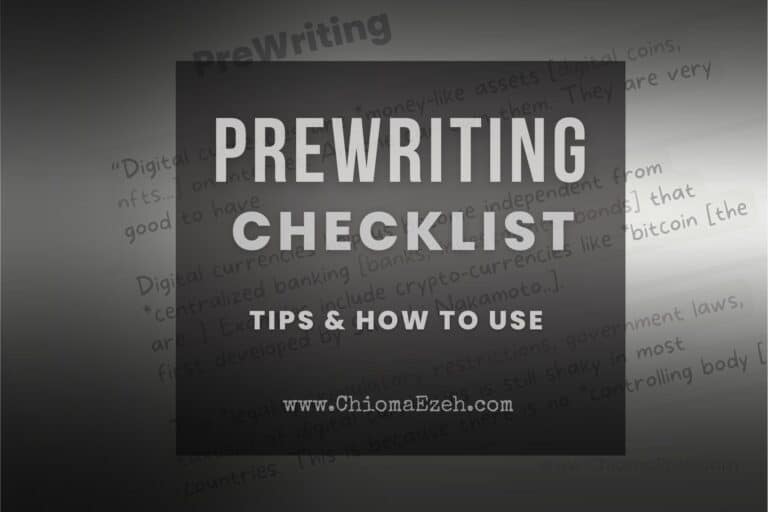

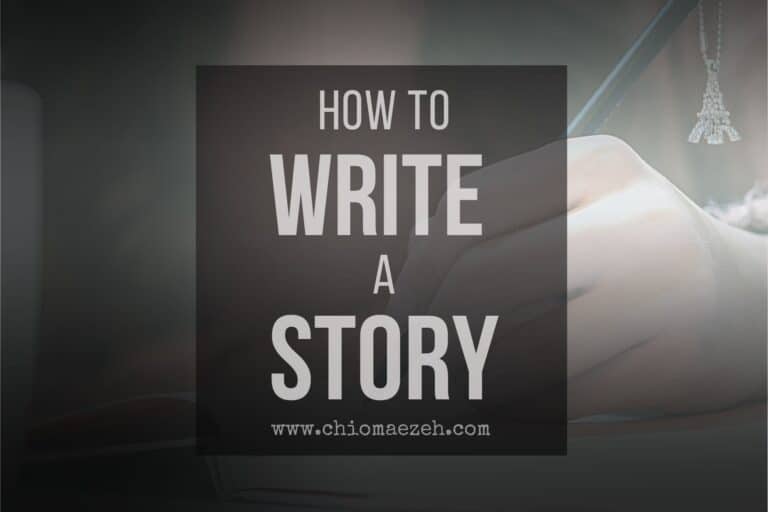
![What Are The Types Of Dialogue In A Story? [Explained]](https://chiomaezeh.com/wp-content/uploads/2023/03/types-of-dialogue-in-a-story-1-768x512.jpg)

